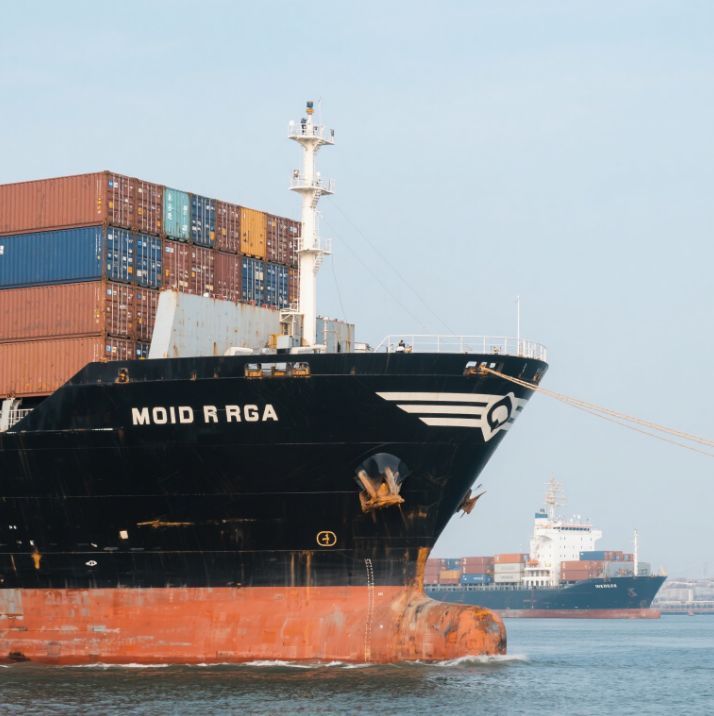Shifting Dynamics in China–U.S. Shipping: With Tariff Exemptions Removed, What’s Next for Air Freight?
Release time:
2025-08-22
The China–U.S. shipping market is undergoing significant changes. With the United States removing the “de minimis exemption” for Chinese imports, cross-border supply chain models and transportation strategies are being reshaped — with particularly strong implications for China–U.S. air freight.
Supply Chain Shift: From B2C to B2B2C
Previously, many cross-border e-commerce businesses relied heavily on direct air shipments (B2C) to meet consumer demand for speed.
Now, with the policy change, companies are shifting toward a B2B2C model — shipping goods in bulk to U.S. warehouses before redistributing them to end consumers.
👉 This transition reduces dependency on frequent air shipments, with more focus on centralized logistics and warehousing to optimize costs.
Ocean Freight Recovery: Diverting Cargo from Air Freight
On the China–U.S. trade lane, ocean freight is making a comeback. With increased capacity and cost advantages, many shippers are choosing sea freight as an alternative.
Cargo with lower time sensitivity → shifting to ocean freight to save costs.
Cargo with higher time sensitivity → still relying on air freight.
This means part of the traffic that once relied on air freight is now being diverted to sea.
High-Value Cargo: The Backbone of Air Freight
Despite these challenges, air freight remains critical for high-value and time-sensitive goods, such as:
AI-related equipment
Server racks
Hard drives and semiconductors
Pharmaceuticals and high-tech products
These products require fast, reliable delivery, ensuring that demand for China–U.S. air freight remains resilient.
Market Outlook: Volatility Brings Opportunity
Over the coming months, China–U.S. air freight could follow two potential paths:
Tariffs and supply chain bottlenecks intensify
Companies lean more on air freight to ensure on-time delivery.
Rates may rise, and competition for space could increase.
Shift toward ocean freight or nearshoring
To cut costs, businesses move some sourcing closer to home or rely on sea freight.
Air freight demand may temporarily decline.
📌 Overall, the China–U.S. air freight market is likely to experience “volatility with opportunity.”
How Should Businesses Respond?
To stay ahead in an uncertain market, businesses should:
Adapt transportation strategies flexibly (combine air + sea solutions).
Plan inventory in advance to avoid disruption during capacity crunches.
Diversify supply chains to spread risk and build resilience.
Conclusion
China–U.S. air freight is at a turning point, where challenges and opportunities coexist. While policy changes and ocean freight competition are reshaping the market, demand for high-value, time-sensitive goods continues to support air freight.
Companies that plan early and act flexibly will be best positioned to capture opportunities amid these market shifts.
✈️ For tailored China–U.S. air and ocean freight solutions, contact Passionship International Logistics — your trusted partner for cross-border success.
RELATED BLOG
LCL Sea Shipping from China: A Smart Choice for Small Shipments
LCL Sea Shipping from China: A Smart Choice for Small Shipments In today’s global marketplace, businesses and individuals increasingly rely on efficient and cost-effective shipping methods to import products from China. Among these methods, **Less than Container Load (LCL) sea shipping** has emerged as a smart choice for small shipments. This article delves into the numerous benefits of LCL shippi
View Details









